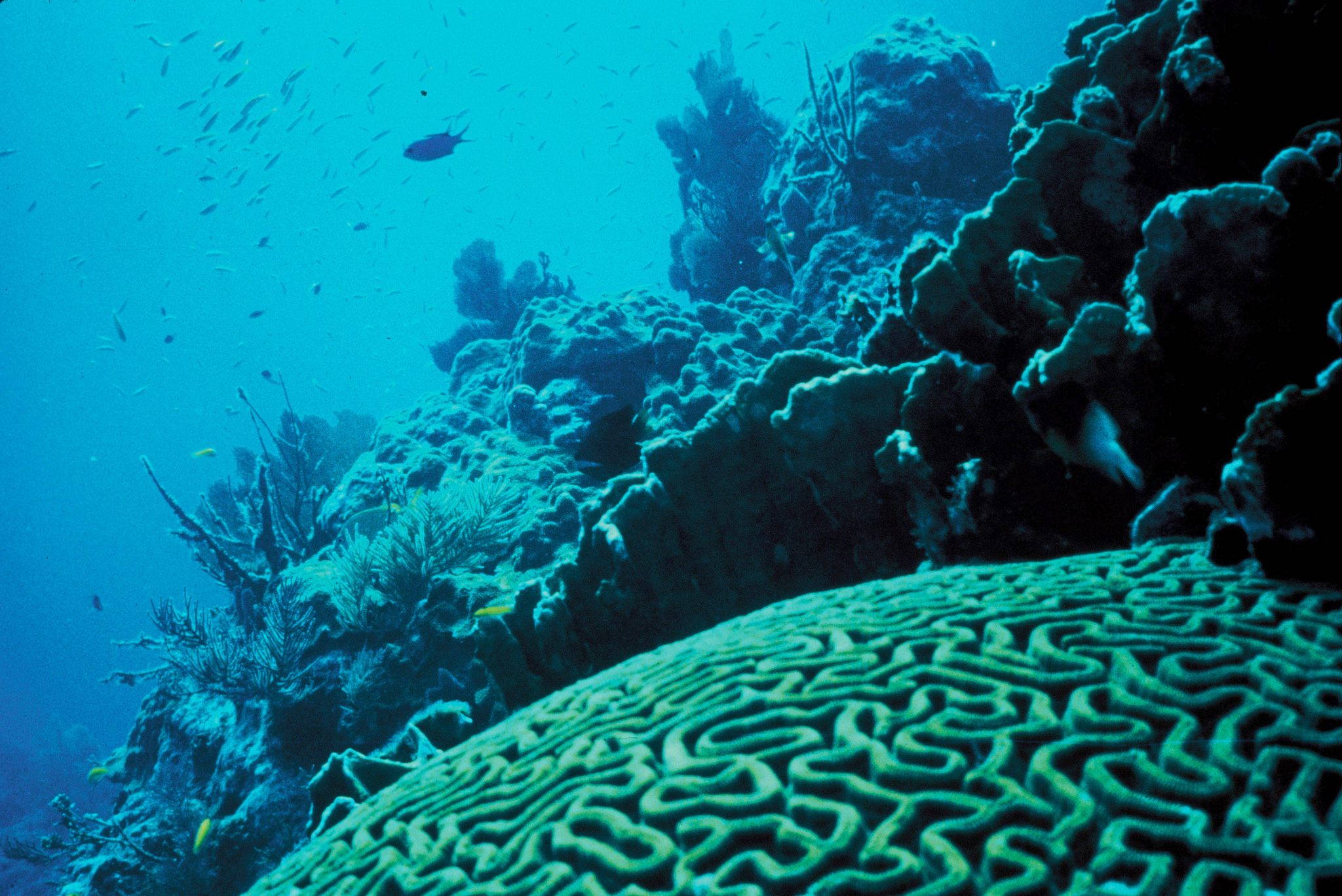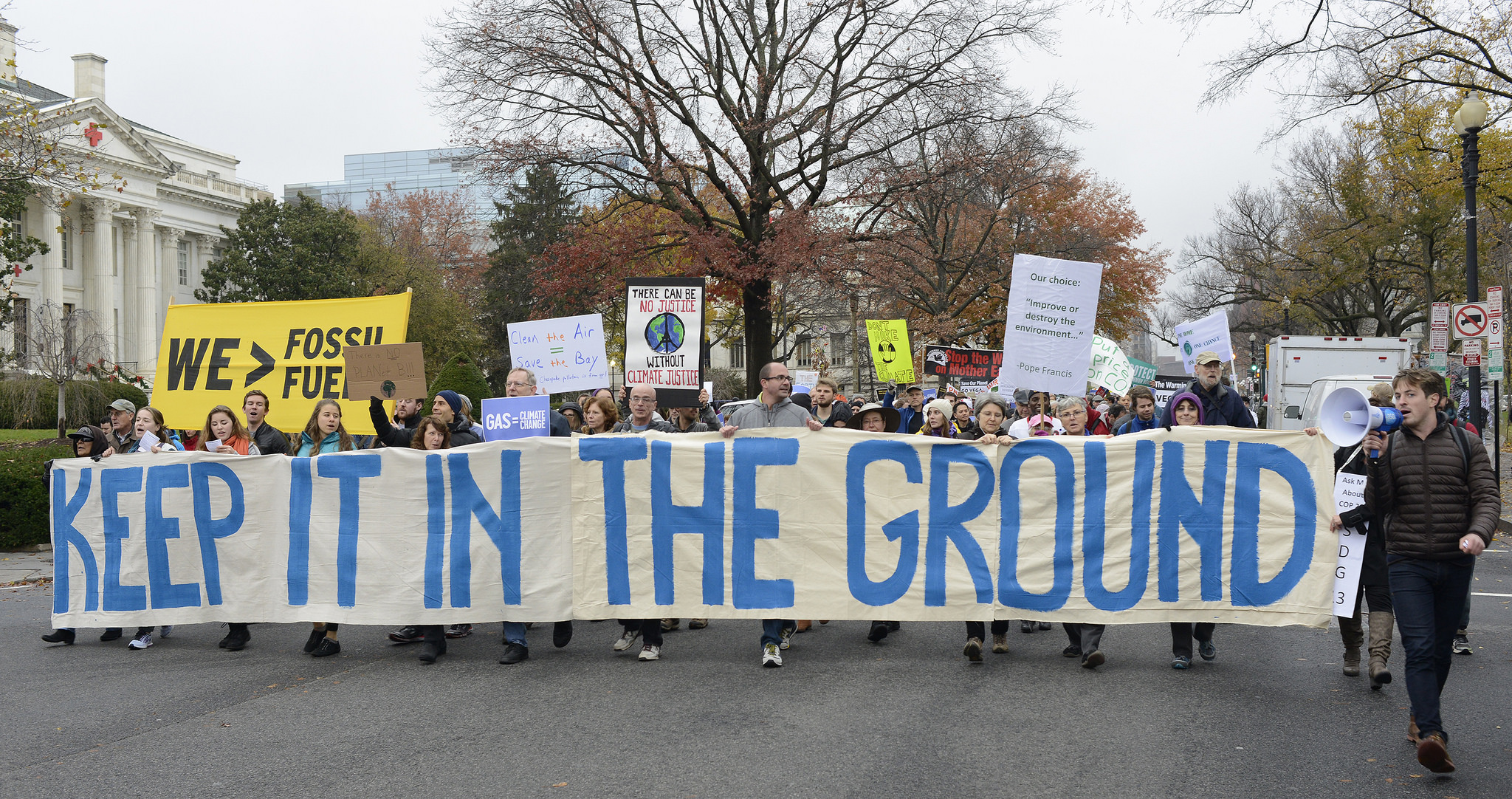Activists are preparing to disrupt business at a Nestlé bottled water plant for a third time as the corporation continues to bottle millions of gallons of water in California amid an historic drought.
Scheduled for Dec. 4, the protest marks the third time the “Crunch Nestlé Alliance” will target the corporation’s bottling plant for direct action. The group carried out similar temporary blockades of business in October 2014 and March 2015 at the Nestlé Waters bottling facility in Sacramento, California. Dan Bacher, reporting on the March 20 action for the citizen journalism site Indybay, claimed the group “effectively [shut] down the company’s operations for the day” by blocking both entrances to the plant from 5 a.m. until 1 p.m.
According to a story published by Bacher on Nov. 10 on YubaNet.com, a local news site devoted to the Sierra Nevada region of Central California, activists are expanding their efforts for the upcoming event to also protest at the nearby Alhambra Water Company. Still, Nestlé, who the alliance called “The Grinch Who Stole Our Water,” remains the main target.





